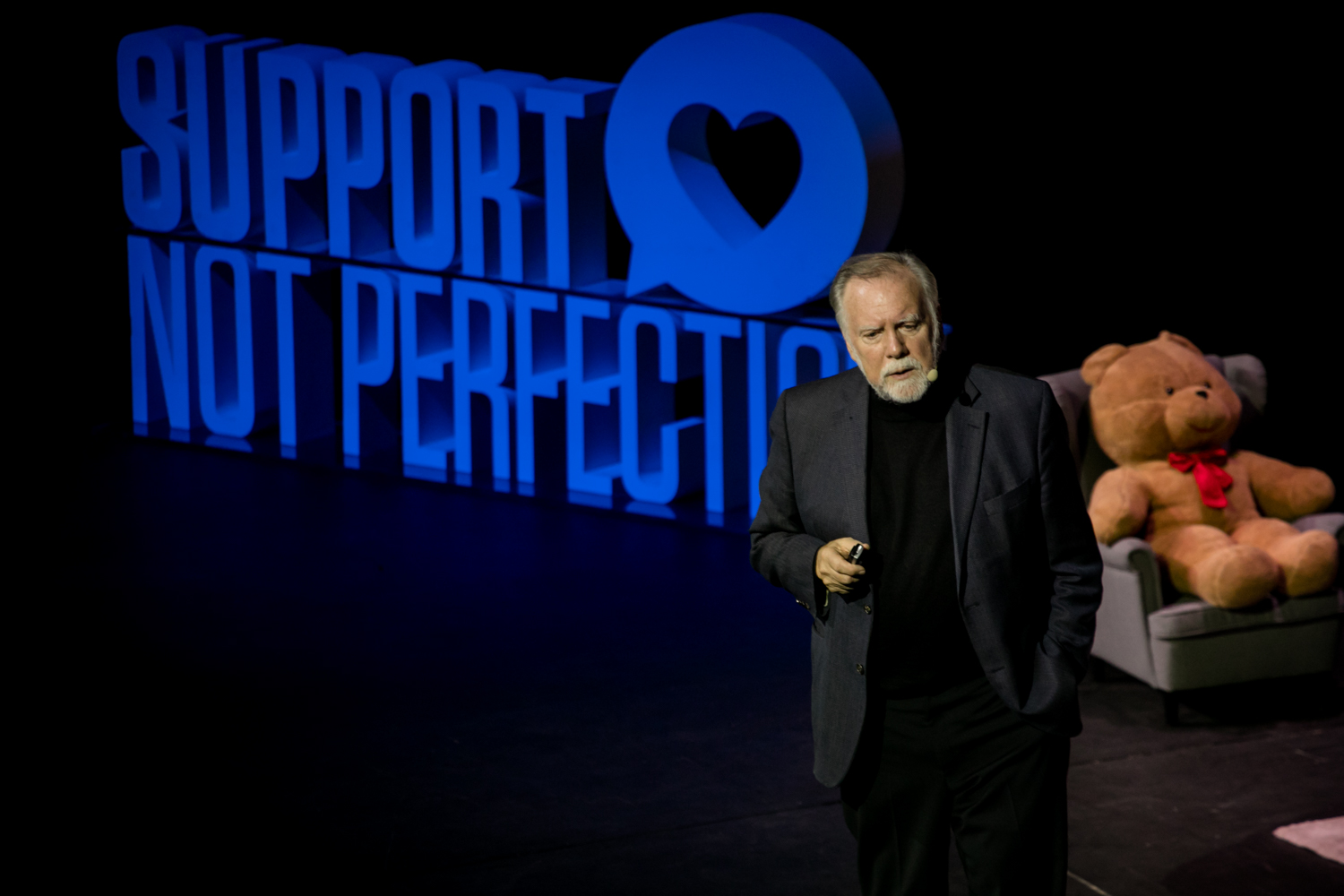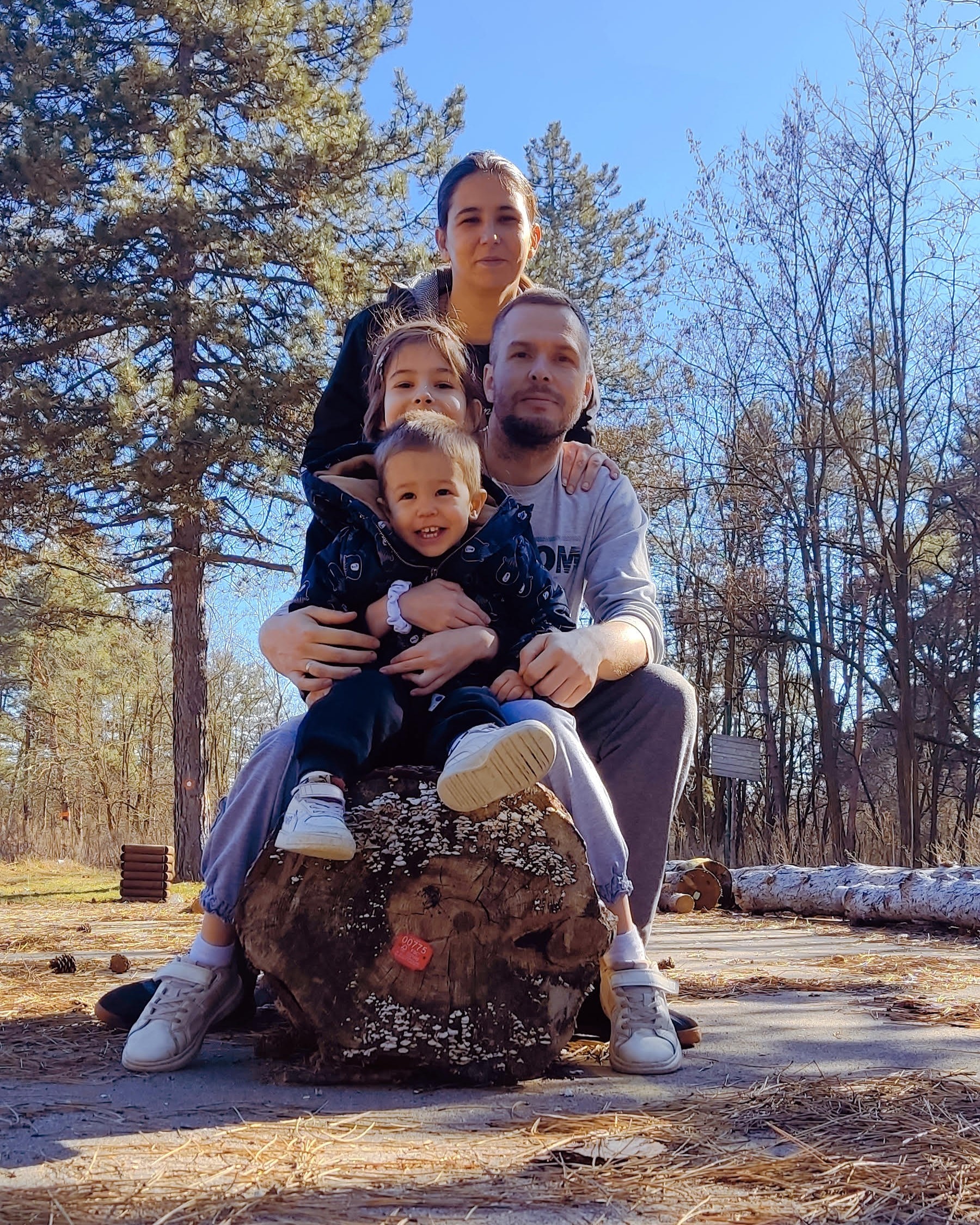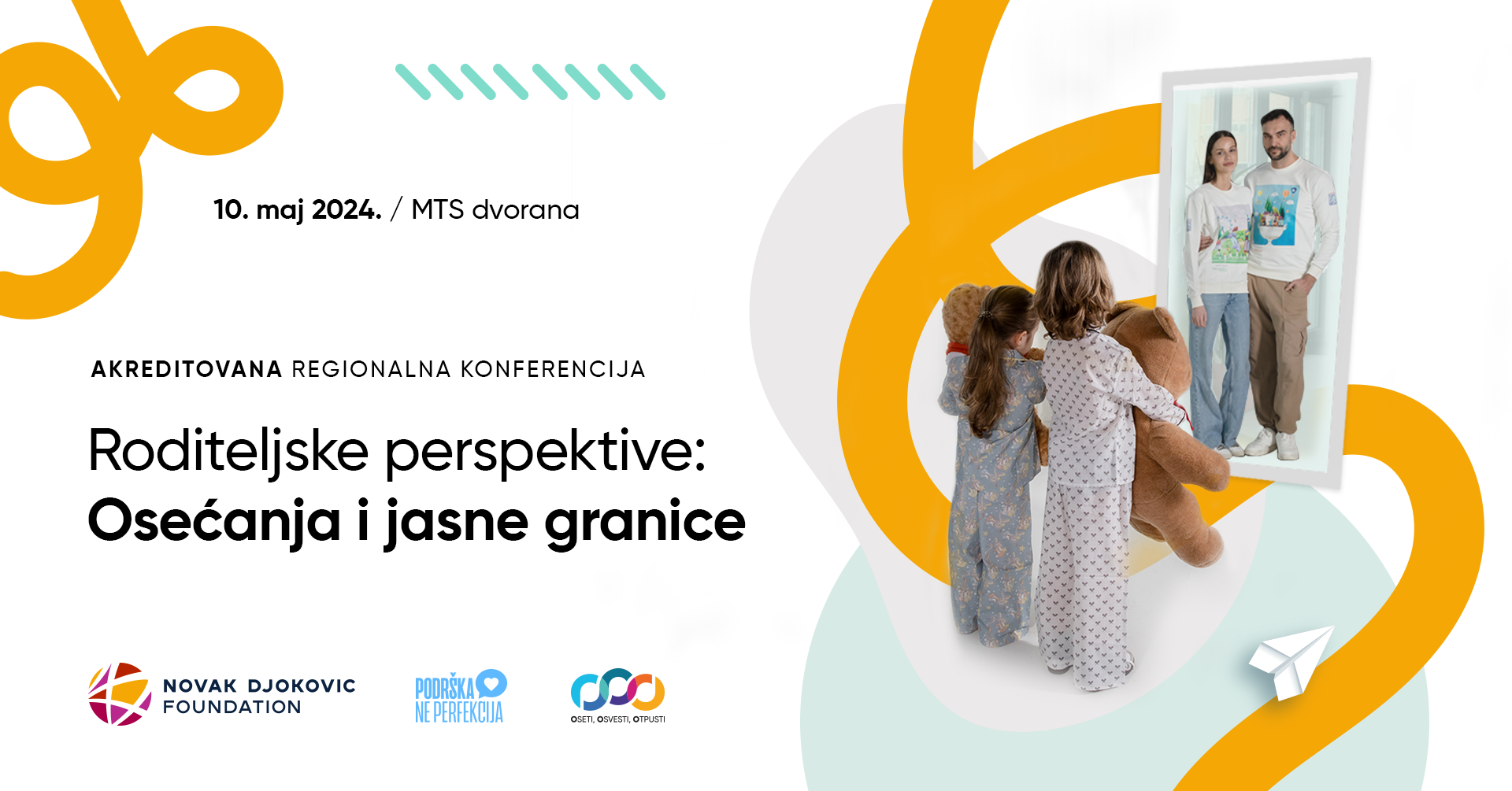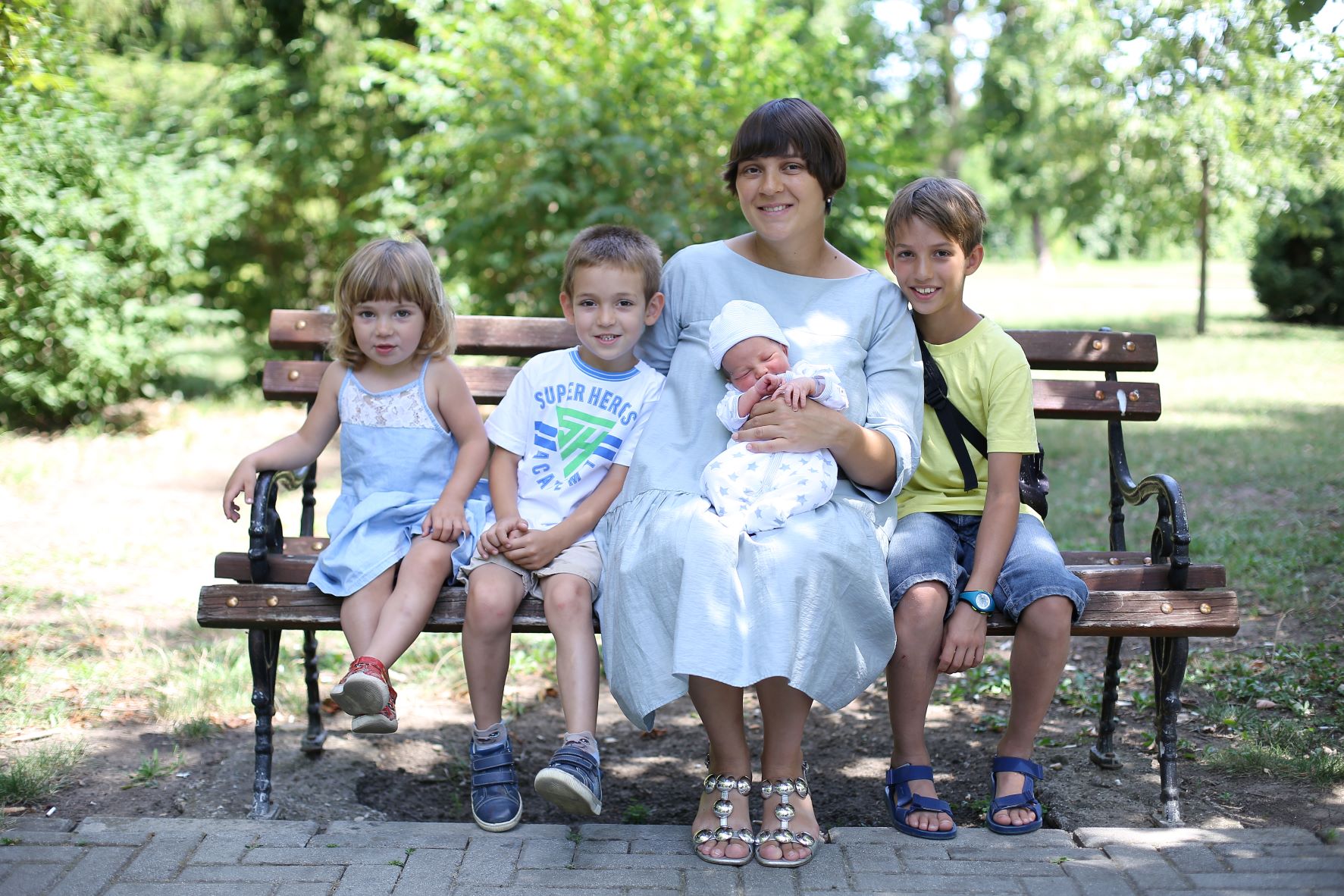This National Speech Pathology Day, let’s remember to address the thinking and communication needs of children early on and shed light on the importance of speech and language development. The article will primarily be focusing on this topic and provide practical skills that you can implement when working with children.
What is a Speech Language Pathologist?
When I was in graduate school, studying to become what is commonly known as an „SLP“, a professor told me that I would be working with individuals of all ages „from the lips to the hips„. Now that I am working in the field, I realize that while this phrase is a bit exaggerated (we aren’t giving our patients heart surgery, after all), we do work with many of the structures and functions in the range that she described. Our scope of practice is BROAD and we work with every age. We help all sorts of individuals in thinking, eating, and communicating.
Why is thinking and communication so important?
Communication is a human right. When an individual has difficulties communicating or their right to communicate is taken away, it is dehumanizing. Humans are made to come up with thoughts and to share these thoughts with others who are also making and sharing their own thoughts. When this skill is weak or inhibited, humans lose their ability to connect with others, which can lead to a child truly struggling to succeed and connect with their peers. To help children communicate, they must have a set of skills which many acquire naturally by imitating others. However, some children have difficulties developing communication skills naturally while other children need to rehabilitate these skills due to language loss or injury. The first skill children must develop is language. We teach children language so that they can learn the words and structures they need in order to create sentences to share their thoughts and ideas. Children also need to be understood when using language and articulate these words with proper speech (or other forms of communications such as sign language, pictures, or technology). Once children learn these skills, they also need to be able to use them appropriately in a social setting, which is why they are also taught social skills. Social skills involve developing an awareness of how others think and communicate while using appropriate nonverbal language (e.g. gestures). When using their language in a social setting, an individual might also need assistance with their fluency, like stuttering, or voice.
In order for children to be able to communicate, they must be able to develop thoughts and filter through which thoughts to convey. Cognition is what we refer to as a child’s ability to connect thoughts and ideas while discarding irrelevant information. In the classroom, children must learn executive functioning skills which are a part of cognition and involve planning, organizing, and remembering information. This must all be done in a timely manner while using self-control.

We teach children language so that they can learn the words and structures they need in order to create sentences to share their thoughts and ideas.
How do I know if a child needs an SLP?
Since communication is a fundamental human right, it is important that we help children get the proper services that they need in a timely manner. Historically, many educators have taken a „wait and see“ approach when noticing differences in children in order to see if they might just outgrow their difficulties (also in hopes to wait for parents to be „ready“ to hear that their child would benefit from interventions). However, research and clinical expertise preaches that early intervention is far more effective and efficient in order for a child to develop or rehabilitate communication skills. By now it is no secret that children learn very quickly when they are young. Missing this „window of opportunity“ often results in delayed onset of services and a prolonged need for services. This then snowballs into children falling behind in their school curriculum or struggling with their social-emotional skills.
When a child struggles with any of the aforementioned areas that an SLP works with, it is best to refer them to an SLP right away. This does not mean that the child would necessarily be attending therapy sessions by default. To start, the SLP would first be able to conduct a screening and make observations to determine whether a child would benefit from receiving a full speech-language evaluation or whether speech-language friendly strategies implemented in the home and/or classroom would be sufficient. If a full evaluation is recommended, the SLP would be able to conduct this in order to determine whether the child should receive speech and language services and suggest specific strategies that would help the child. If a child receives this service, they would be able to work with the SLP on specific goals based on what is important for the child and their family, and help them develop skills and strategies to reach these goals.

In order for children to be able to communicate, they must be able to develop thoughts and filter through which thoughts to convey.
What are some general strategies that help a child develop their thinking and communication skills?
In order to help our children succeed, we often need to alter the environment or change our own behavior to make this happen. The following are a few practices that you can think about when working with children either at home or in a classroom setting:
Language Processing: For children to understand language, we need to first make sure that they are processing the things that we say. We can alter the environment by reducing background noise and limiting distractions where possible. We can make frequent eye contact and focus on the child by using close proximity or a touch on the shoulder to assist with child engagement. When instructing children, we need to gain their attention before speaking, reduce the rate of our speech, and use shorter, simpler sentences in logical order. Use pauses to allow processing time. It may be helpful to summarize key points that they need to remember and encourage them to summarize these points back before beginning a task. In general, It’s important to check frequently for understanding. Children also benefit from being taught to process the information on their own by learning to repeat the information that they need to remember over and over to themselves in their heads and visualizing the information that they need to remember.
Receptive Language: Children often understand content better when we do not assume prior knowledge but teach/reteach foundational concepts when covering new material. Once given all the tools, encourage the child to seek clarification when needed and model how to do this. Help the child determine the difference between needing help on part, most, or all of the work.
Expressive Language: We can help children that have limited vocabulary or poor grammar by restating their utterance to give correct models and encourage the child to generate longer sentences using connecting words such as „because“, „and“, „then“, and „so.“ If children have difficulties answering questions, provide the child with a choice of responses and give the child extra processing time to formulate before participating in group discussions or answering questions. Try to avoid yes/no questions and ask the child open-ended questions instead to generate longer answers. In a classroom, you might encourage sharing of ideas and experiences with a partner or small group or whole group/choral responses and collaborative answers during whole-class activities. For frequently occurring errors, you can build specific skill practice into daily oral language for the entire class.
Now that you know how an SLP can help you or your student/child, visit your national SLP organization’s website for further suggestions and strategies for the classroom or to connect with an SLP! Happy National Speech Pathology Day!
About the author: Eva Ruohonen is a Speech and Language Pathologist working at an international school in Basel, Switzerland. Eva is a bilingual German-American and is married to a Swedish-speaking Finn. In her free time, she enjoys reading, skiing, hiking, and traveling to visit friends and family in different parts of the world.

















